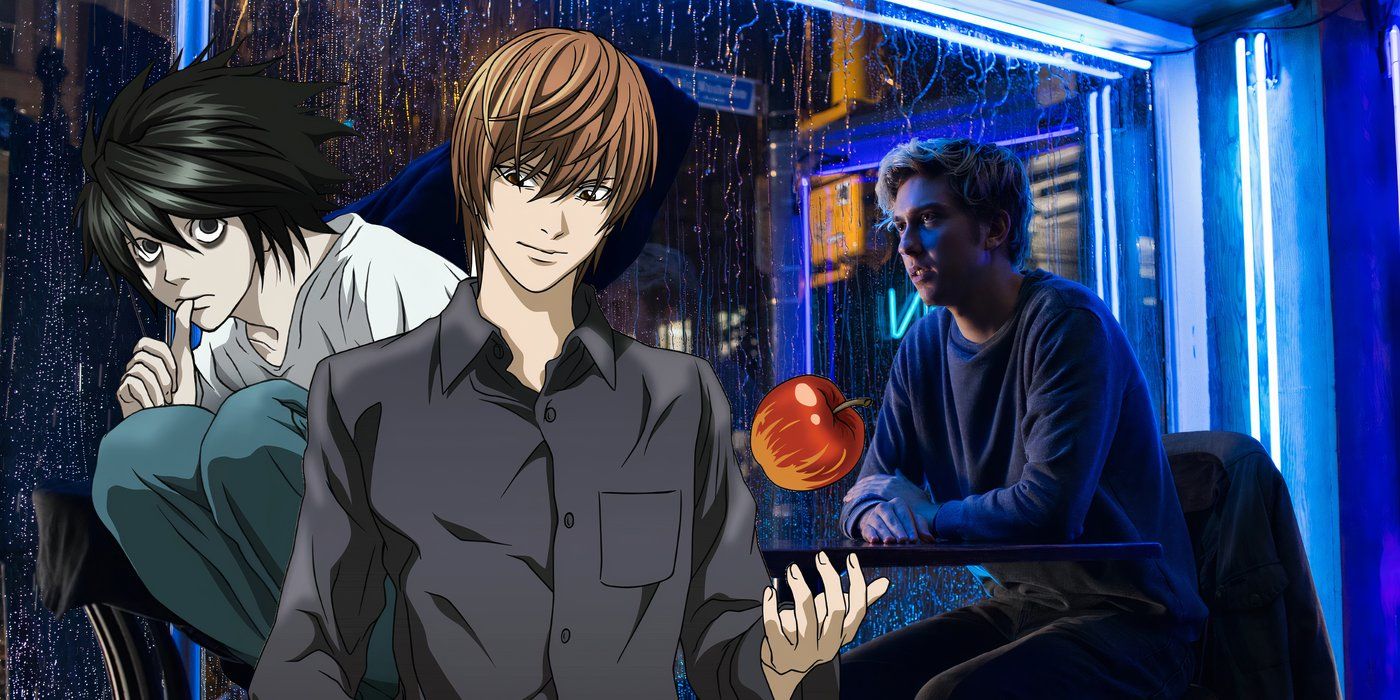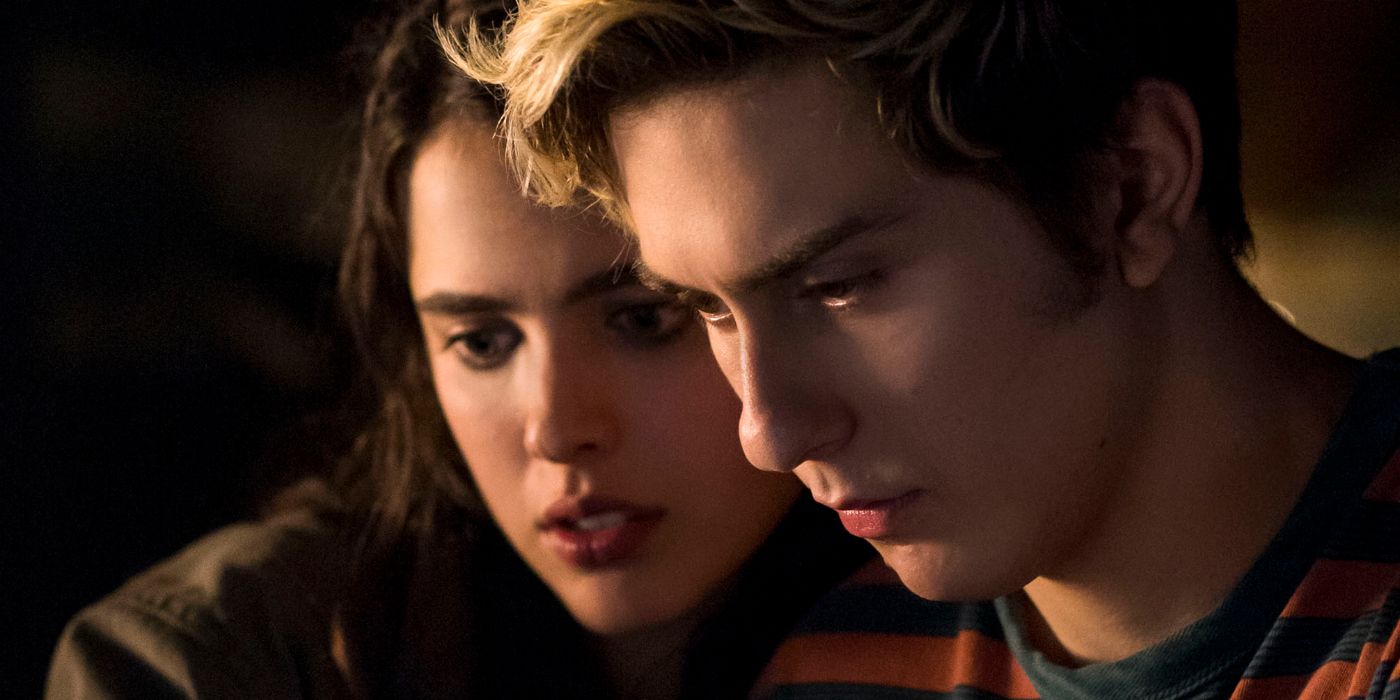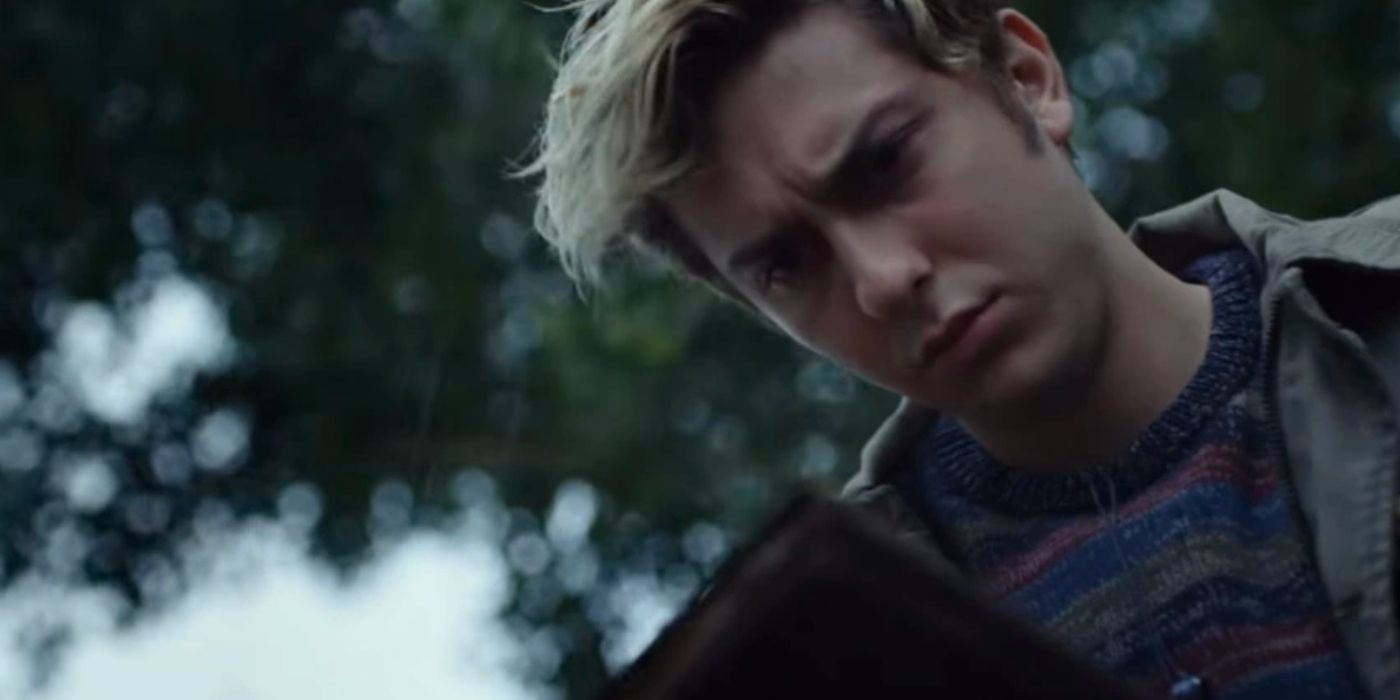
When Netflix released its live-action adaptation of Death Note In 2017, fans of the original anime and manga didn't hesitate to express their disapproval of the reinterpretation. From casting decisions to plot deviations, it really felt like every creative choice was controversial from the start. The film received harsh reviews and is currently 36% rotten in Rotten tomatoeswith many calling it a prime example of Hollywood's failure to properly adapt the anime.
However, seven years later, the film's reputation has waned, and upon revisiting it, it's clear that the Death Note the film didn't deserve half the hate it received. The film may not have been able to please longtime fans of the original work, but it has some merits. While the reaction is understandable given the high regard for the source material, it also completely overshadowed the things the film did welland deserves more credit.
Reimagining Death Note for a Western audience was always going to be risky
The Hollywood film took a lot of creative liberties when recreating Death Note
Recreating Death Note for a Western audience it was an inherently bold movegiven the cultural complexities that made history what it was and still is. The anime and manga explored the themes of morality, justice, and power through the use of Shinigami, a Japanese death god, and the societal expectations placed on Light Yagami. Adapting it to a Western framework meant having to alter the context of the story to better resonate with a different audience, which naturally felt off-putting to many of the original fans, who probably wanted a more faithful adaptation of Death Note.
The decision to set the story in Seattle, Washington, was part of the adaptation plan to cater to a Western audience. In doing so, the filmmakers swapped Japan's more structured and academic setting for a more courageous and individualistic American origin. An even bigger change was the main character. Unlike Light Yagami, a well-adjusted and diligent student, Light Turner is an average, rebellious student who faces grief after his mother's murder. These changes alienated many original fans, but were made with the intention of setting the stage for themes like corruption and personal vendettas.
The western film took significant risks by changing the background of several characters, including the dynamic between them and Light compared to their original counterparts. For example, L and Light's intellectual rivalry was the backbone of the original story, but in the film it was changed to be a more emotional dynamic. L's vulnerability, combined with Light's impulsiveness, created a different kind of tension compared to the methodical game of wits in anime and manga. Likewise, Mia Sutton, the new version of Misa Amane, was given a much more active role, becoming manipulative rather than blindly in love.
These risks of altering the characters and dynamics of Death Note they were made with the intention of striking a balance between authenticity and accessibility to Western audiences. Staying very faithful to the original Death Note he would have alienated the Western target audience, while altering the story, inevitably created a lot of negative reactions from longtime fans. However, even knowing this, the production faced the challenge head on, taking what it considered necessary creative risks and freedoms to recreate the story for a wider audience. Even if the execution was divisive, cultural translation of the story was always going to be difficult.
Netflix's live-action Death Note even earned unexpected praise from its original creators
The creators of Death Note have described the Netflix film as “Definitely the Death Note of Hollywood”
After the film's release, the creators of Death NoteTsugumi Ohba and Takeshi Obata surprised many fans by praising Netflix's live-action film. In interviews after the filmboth creators acknowledged the significant changes made to their original work and seemed appreciate the creative liberties taken to reimagine the film. Although these freedoms were divisive among fans and earned the film harsh criticism, the creators of Death Note looked at it from a much more positive perspective. Ohba gave the following compliments:
“It was more interesting than I expected. Every bit is high quality and very modern, it's definitely the Death Note of Hollywood. I think a large number of people can like this film, not just fans, because there are parts that follow the original work, but there are also changes.”
Describing the film as “the Hollywood film Death Note,” Ohba emphasized that it was always intended to be a fresh take on the story rather than a direct copy of the live action. This was supported by Obata, the series' original artist, who also expressed admiration for the film's visual direction. He noted that the stylistic choices made gave the film an “'A' grade thriller” atmosphere, emphasizing that the adaptation was aesthetically appealing and that the dynamic narrative was well done. Takeshi Obata's full statement endorses Netflix's Death Note and praises the inspired direction he took:
“I hope that people abroad who did not know Death Note Until now you can watch it on Netflix. The visual beauty and thrilling direction by Adam Wingard are splendid and create an 'A' grade thriller. This is the type of Death Note I would like to draw too.”
This praise stands in stark contrast to the largely negative reception the film received from audiences and critics, many of whom struggled to separate the film from the source material. However, the Death Note approval from the creators suggests that the differences made in the film had less to do with undermining the story and more to do with exploring its themes through a different cultural lens. By framing the adaptation as “Hollywood’s Death Note”, Ohba and Obata encouraged audiences to see the film on its own terms and with its own identity, championing the idea that creative reinterpretations can coexist alongside the original work.
The Netflix adaptation did not change the central themes of the original work
The alternative version of Death Note was criticized very harshly for not being in line with the original
Netflix adaptation of Death Notedespite the creative alternations, it remained aligned with the central idea. Light Turner's descent into moral ambiguity mirrored Light Yagami's arc, showing how unbridled power can twist and corrupt people, no matter where they come from. Moving the story to an American context will certainly involve big changes, but Netflix's Death Note it still explored the themes of power and justice in a way that resonated with a different target audience.
Shifting the Narrative to a Western Framework opened the doors to people who might not have looked Death Note otherwisea chance to see what it was all about. The goal of the film was not to entirely emulate the original work, but rather to take its central themes and see what could happen to them from a different perspective. The result was a film that questioned the morality of whether someone should have the right to act as judge, jury and executioner when under the influence of stubborn ideas of justice.
Although the setting and characters are very different from the original Death Notethe film's philosophical and moral core remains largely the same. The live-action film was never intended to be a direct adaptation. Instead, it's designed to stand on its own, exploring the consequences of a student who feels powerless and left behind by the justice system taking possession of the notebook. The result may be considered confusing and even chaotic, but the fact is that it is also an intriguing alternative approach that remains quite faithful to the central themes.
Despite its flaws, the film received a lot of criticism for its alternative version. It could never match the brilliance of the original, but it was never intended to overshadow it and, frankly, it doesn't need to. The film created a new perspective and pushed the boundaries of what a creative adaptation could be. While it wasn't perfect, its ambition and willingness to distort history deserves its own recognition. For those who want to see it on their own terms, the Hollywood film Death Note remains a unique reinterpretation that allows a wider audience to explore the heart of the story.

